Entry Category: Land and Resources - Starting with S
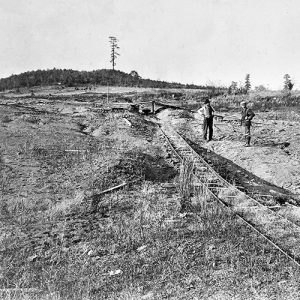 Southeastern Slope
Southeastern Slope
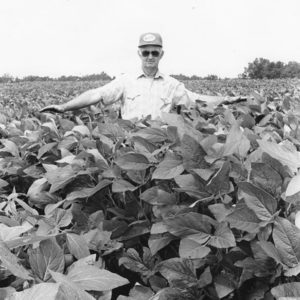 Soybean Field
Soybean Field
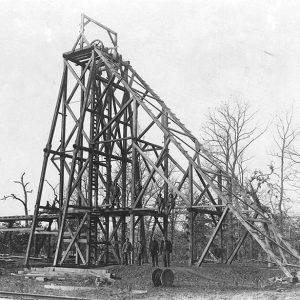 Spadra Mine
Spadra Mine
Spanish Land Grants
 Spraying for Codling Moth
Spraying for Codling Moth
Spring River
Springs
 St. Charles Access
St. Charles Access
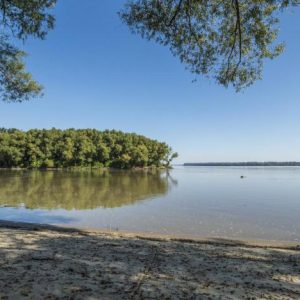 St. Francis and Mississippi Rivers
St. Francis and Mississippi Rivers
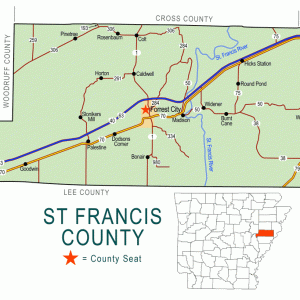 St. Francis County Map
St. Francis County Map
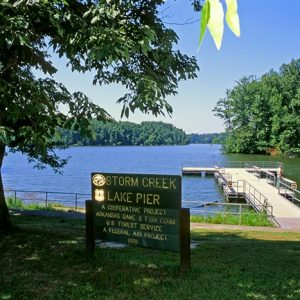 Storm Creek Lake
Storm Creek Lake
 St. Francis River
St. Francis River
St. Francis River
 State History Atlas
State History Atlas
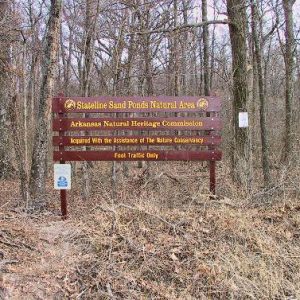 Stateline Sand Ponds Natural Area
Stateline Sand Ponds Natural Area
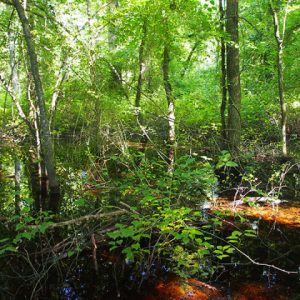 Stateline Sand Ponds Natural Area
Stateline Sand Ponds Natural Area
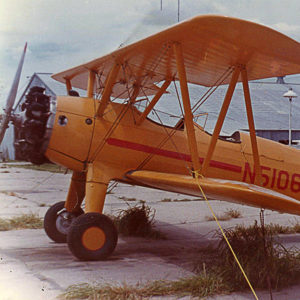 Stearman Crop Duster
Stearman Crop Duster
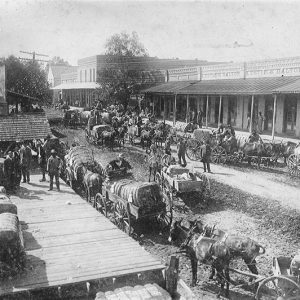 Stephens Cotton Wagons
Stephens Cotton Wagons
Stern, Jane Rita Ellenbogen
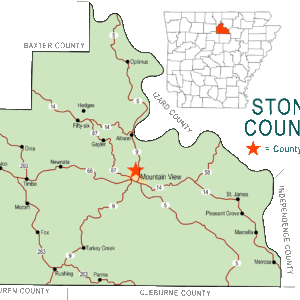 Stone County Map
Stone County Map
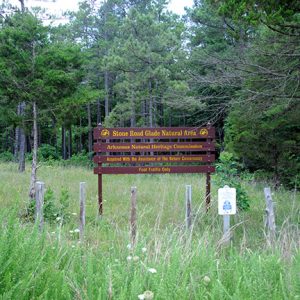 Stone Road Glade Natural Area
Stone Road Glade Natural Area
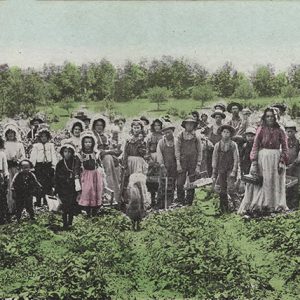 Strawberry Farm
Strawberry Farm
Strawberry Industry
Strawberry River
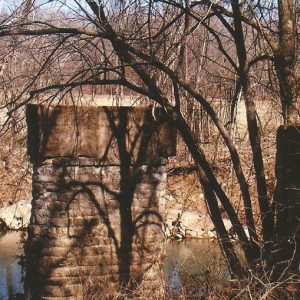 Strawberry River Bridge
Strawberry River Bridge
 Striplin Woods Natural Area
Striplin Woods Natural Area
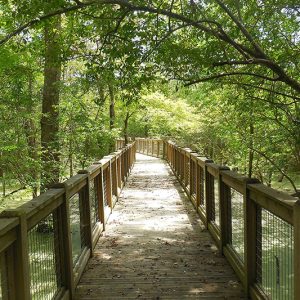 Striplin Woods Natural Area
Striplin Woods Natural Area
Stump Saw
 Stump Saw Ad
Stump Saw Ad
Sunken Lands
Sunnyside Plantation
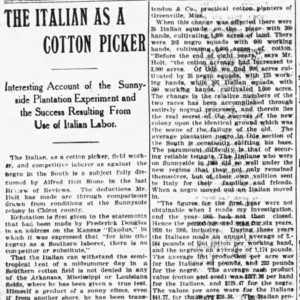 Sunnyside Plantation Article
Sunnyside Plantation Article
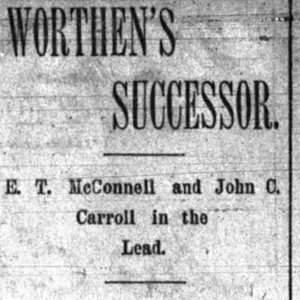 Sunnyside Plantation Convict Labor Article
Sunnyside Plantation Convict Labor Article
Superfund Sites
Swamp Land Act of 1850
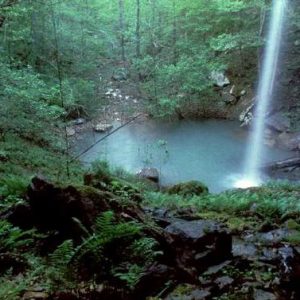 Sweden Creek Falls Natural Area
Sweden Creek Falls Natural Area
 Sweet Potato Harvest
Sweet Potato Harvest
 Swifton Sand Ponds Natural Area
Swifton Sand Ponds Natural Area




